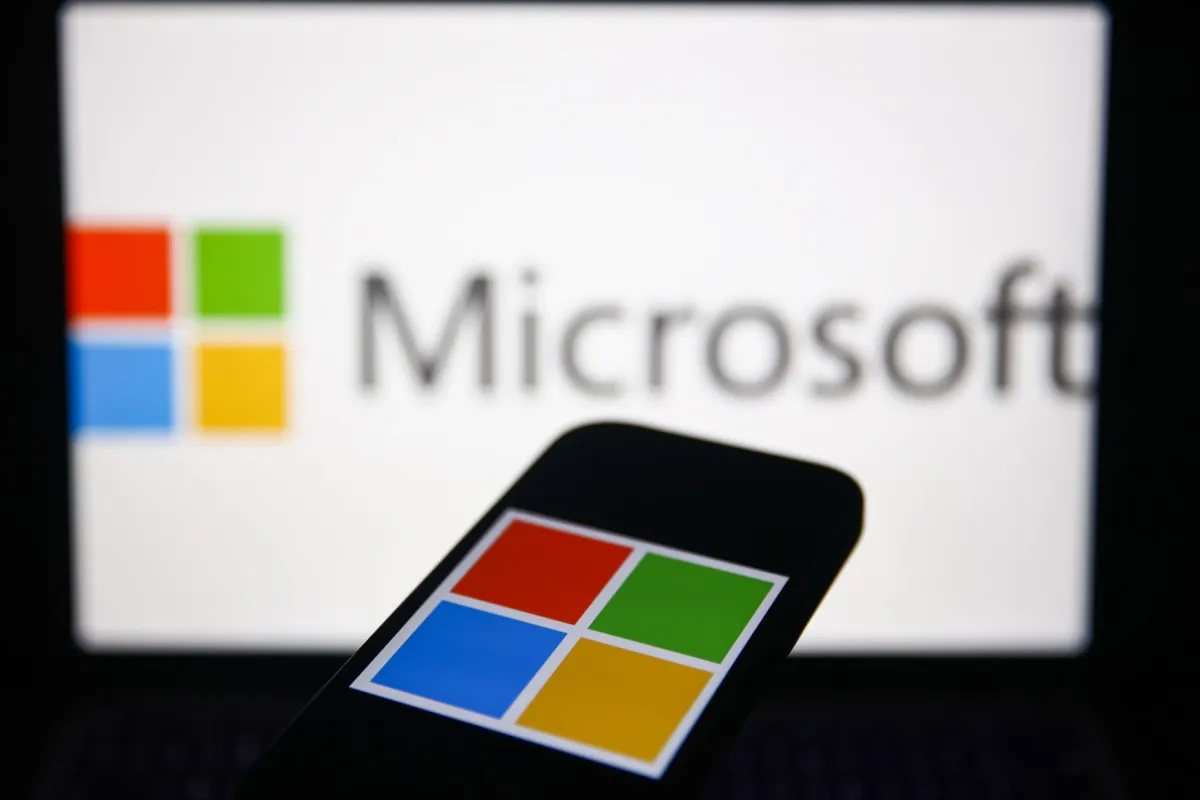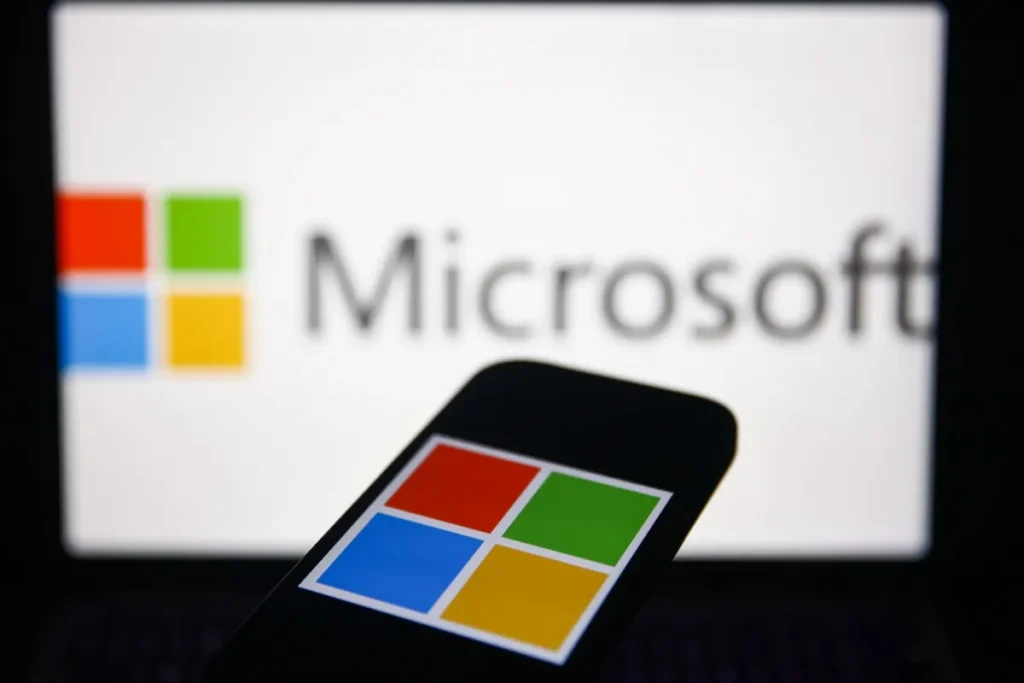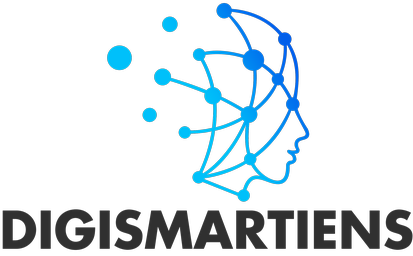
Introduction Of Microsoft
In a move that’s shaking up the lightweight AI landscape, Microsoft has just released three new Phi-4 models designed to bring powerful reasoning capabilities to smaller, more efficient systems. Despite their compact sizes, these new models deliver performance that rivals much larger players in the AI field — even matching OpenAI’s o3-mini on certain benchmarks.

Table of Contents
The newly unveiled models — Phi-4 Mini Reasoning, Phi-4 Reasoning, and Phi-4 Reasoning Plus — are all engineered with a focus on reasoning, meaning they’re optimized to analyze, verify, and fine-tune their answers to complex problems. This latest release builds on Microsoft’s broader Phi family, first introduced last year as a way to support developers building AI at the edge.
The smallest of the trio, Phi-4 Mini Reasoning, clocks in at 3.8 billion parameters and was trained on approximately one million synthetic math problems, courtesy of Chinese AI startup DeepSeek’s R1 model. It’s purpose-built for educational use cases like lightweight embedded tutoring tools.
For context: in AI terms, parameters are a rough indicator of a model’s brainpower — more parameters usually mean better performance, though they also require more computing power.
The middle sibling, Phi-4 Reasoning, boasts 14 billion parameters and was trained using a blend of high-quality web data and handpicked examples, including ones from OpenAI’s o3-mini. Microsoft says this version is especially strong in domains like math, science, and coding.
At the top of the line is Phi-4 Reasoning Plus, an enhanced version of the previously released Phi-4 model, now fine-tuned specifically for advanced reasoning. Despite being significantly smaller than models like DeepSeek’s 671-billion-parameter R1, Microsoft claims Phi-4 Reasoning Plus nears R1-level performance — and goes head-to-head with o3-mini on OmniMath, a benchmark designed to test mathematical ability.
All three models are available now on Hugging Face, complete with detailed technical documentation.
In a blog post, Microsoft highlighted how it achieved this blend of power and efficiency: “Using distillation, reinforcement learning, and high-quality data, these models balance size and performance. They are small enough for low-latency environments yet maintain strong reasoning capabilities that rival much bigger models.”
In short, Microsoft is making a clear pitch: you don’t need massive models to get serious results. With the right architecture and training data, even modest-sized models can deliver big on real-world reasoning tasks — and they can run on smaller, cheaper hardware too.





